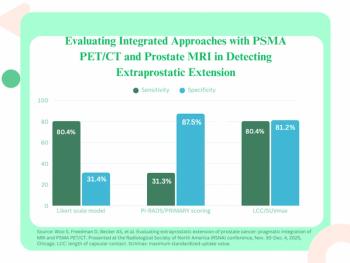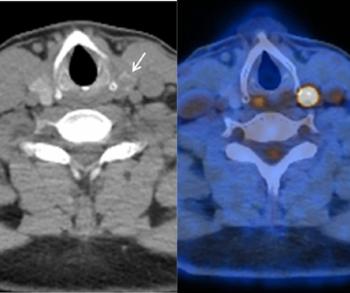
FDA clears Hologic mammography software
New RIS becomes available University of Utah signs with Philips’ iSite
FDA clears Hologic mammography software
Examining new mammograms in the context of old ones can play a critical role in finding breast cancer. Software that makes these comparisons easier will soon be commercially available from Hologic through its now FDA-cleared R2 DigitalNow HD software application. The new product turns digital images made from prior screen-film mammograms into DICOM images that closely resemble mammograms acquired digitally. The software adapts each digitized film image to a contrast and tissue intensity similar to those seen with mammography systems. It also embeds in the image a series of look-up tables that allow workstations conforming to Integrating the Healthcare Enterprise guidelines to make less evident regions of density more apparent in the digitized images.
New RIS becomes available
A low-cost RIS from Clear Innova has entered the market with features that support patient scheduling; recordkeeping for documents, forms, dictation, and images; and billing. The Origin RIS allows referring physicians to order and schedule imaging studies, check the status of orders, and obtain reports from any location via a web browser.
University of Utah signs with Philips' iSite
Philips has signed an eight-year iSite PACS replacement deal with University of Utah Health Care, the region's only academic healthcare system. The deal coincides with the replacement by University Health Care of a legacy PACS with iSite, which went live in January.
Newsletter
Stay at the forefront of radiology with the Diagnostic Imaging newsletter, delivering the latest news, clinical insights, and imaging advancements for today’s radiologists.



























